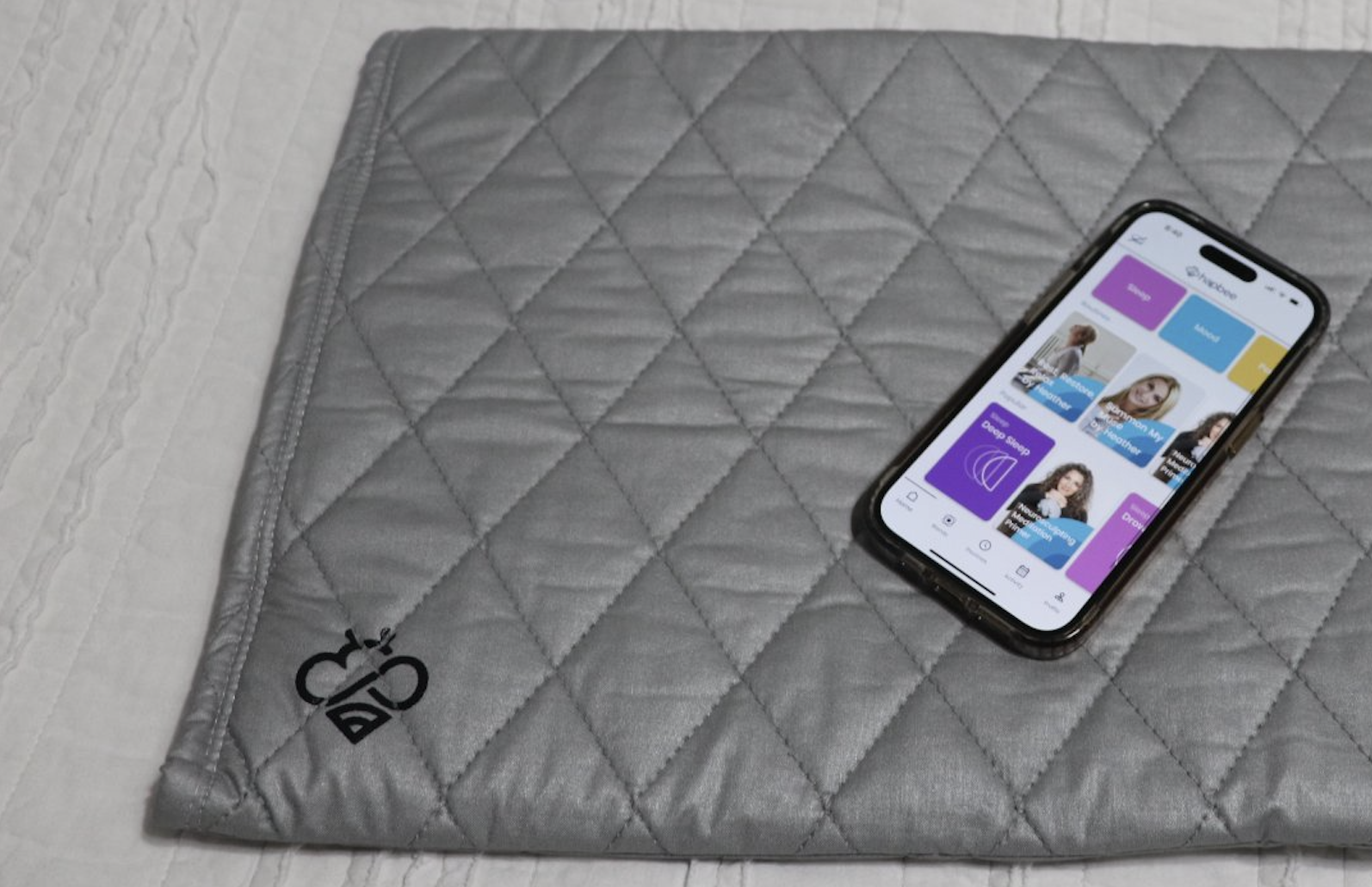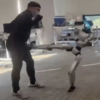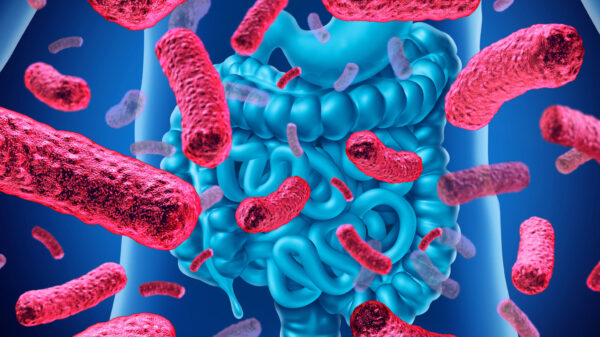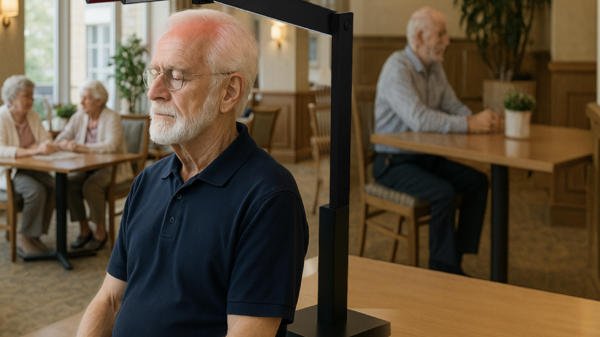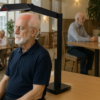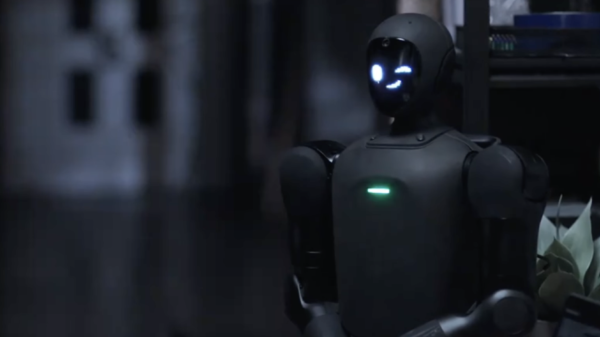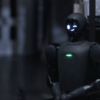Hapbee Technologies Inc (CVE: HAPB) (OTCMKTS: HAPBF) (FRA: HA1) achieved its first quarterly profit during this year’s second quarter, raking in a net income of US$17,988. More than six years of research, development and marketing appear to be finally paying off.
The news follows the sleep tech developer reporting a net loss exceeding US$178,000 in Q1 and even worse numbers in previous quarters.
Revenue during Q2 totalled US$520,323, marking a 26 per cent sequential increase and 114 per cent year-over-year rise.
Furthermore, gross profit shot up by 45 per cent from the previous quarter at US$301,078 while the company’s gross margin rose by 7 per cent. Operating expenses have been steadily declining, sales have been steadily increasing every quarter and a growing number of people are buying subscriptions.
“After three consecutive quarters of extraordinary growth following a 495 per cent surge in device sales, the heart of our ‘public company with a soul’ has never beat stronger,” said Riz Shah, Chairman and Chief Commercial Officer.
Notable company activities during Q2 included the launch of a new smartphone app, establishing a distribution partnership with the veteran-owned business Liberty Alliance and expanding Hapbee’s retail footprint by partnering with Denver’s Snooze Mattress Company.
In a press release about the pivotal financial results, Hapbee highlighted that it will be launching a mattress topper that utilizes the same technology as its other devices in Q3. Additionally, the latest version of the sleep technology creator’s neckband gadget is expected to become available by the end of the year.
“All the investments we made in 2024 are paying off!” said chief executive, Yona Shtern, in a social media post last month about positive growth in Q1.
Read more: Lesotho university graduate creates AI app for job hunting while you sleep
Insider purchases over 15 million shares
Hapbee also revealed last week that it has closed an investment valued at US$1 million.
The units, comprised of subordinate voting shares and non-transferable share purchase warrants, were purchased by Hapbee’s new Chief Technology Officer Ahsan Ashraf.
“Demand for Hapbee’s technology has been strong,” Ashraf stated with regard to his strategic rationale, “with frequent inventory backorders highlighting the enthusiasm from our growing customer base.”
In February, credible analyst Coherent Market Insights predicted that the global sleep tech market would observe 16.7 per cent compound annual growth until 2032 and reach a valuation exceeding US$68 billion.
The prevalence of sleep disorders, a growing rate of awareness about the importance of good rest and developments in AI-powered sleep tracking have been propelling the industry.
Hapbee’s devices are a few of many that have become increasingly popular. Others include the Oura and Happy rings; the FRENZ Brainband, Elemind headband and Somnee forehead wearable; and MOZA Technology’s Sleepris mask.
Read more: Equinox Hotels launches luxurious Sleep Lab experience
Follow Rowan Dunne on LinkedIn
rowan@mugglehead.com

